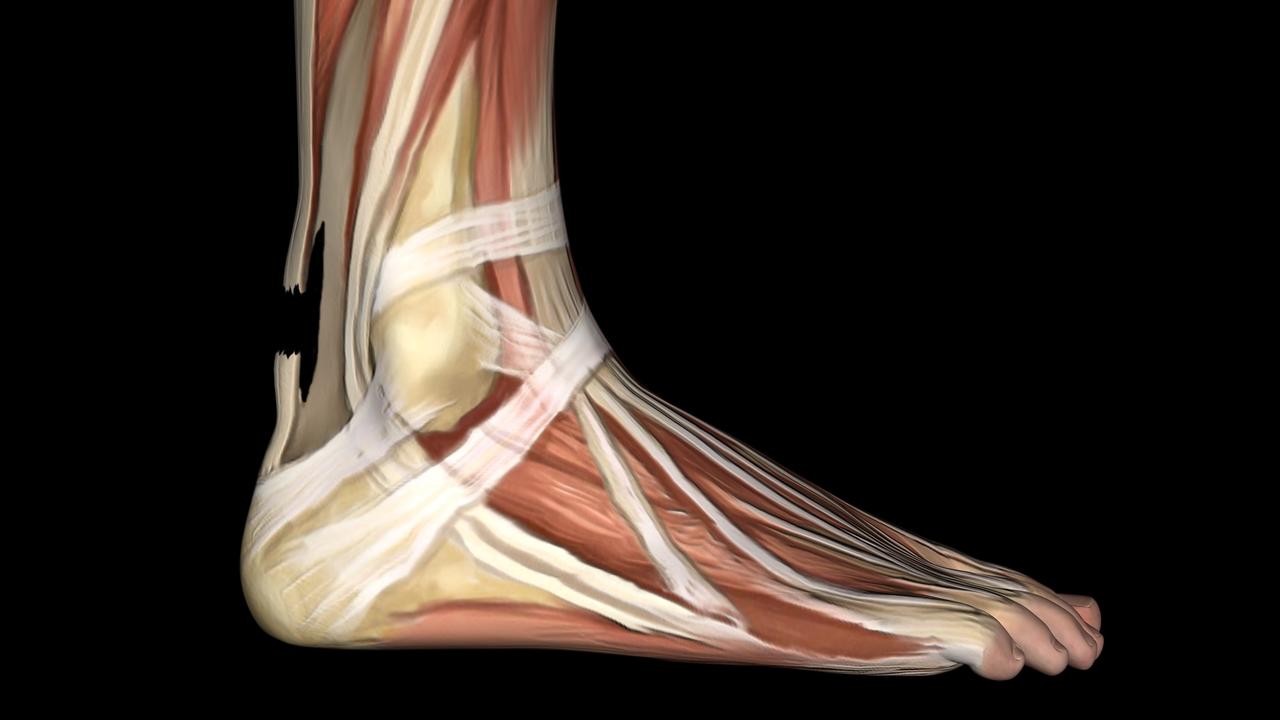
Achilles Tendinitis - A Pain in the Heel
Oct 21, 2019Achilles tendinitis can be a very painful and debilitating problem in the foot and ankle. The image below will provide a quick overview of some of the distinct problems often seen in the Achilles tendon.
Achilles Tendinitis
Tendinitis literally means inflammation of the tendon. This is usually caused by prolonged standing and walking or shoes that press on the back of the heel, leading to irritation and inflammation of the Achilles tendon. The most common symptoms are localized tenderness over the back of the heel and pain when pushing down with the toes. This is most pronounced when walking up an incline or trying to jump. Shoes with a slight heel may relieve the pain and shoes without a back are often the most comfortable.

This problem can normally be resolved with rest, modified shoes temporarily, and oral anti-inflammatory medications. If that is not effective, physical therapy or a walking boot may be needed to resolve the problem.
Achilles Tendinosis
Tendinosis is usually the result of long standing inflammation. The repetitive cycles of inflammation and healing can lead to changes in the microscopic organization of the tendon and replacement of the normal, elastic tissue with dense, tough tissue. This makes the tendon hard and stiff instead of soft and elastic like it should be. This is like replacing a bungee cord with steel cable. It will work to hold things together but it does not behave the same way. Once tendinosis develops it is harder to correct and usually requires a longer period of treatment and activity restrictions.
Achilles Tendon Rupture
When too much force is suddenly applied to the Achilles tendon it may tear. This can occur within the tendon itself or where the tendon attaches to the bone. Either way the calf muscle is no longer attached to the heel bone. This usually causes a sudden sharp pain in the back of the heel and an inability to stand or walk normally. Many times one is still able to stand or walk but the foot and ankle feel weak and floppy. Careful evaluation often reveals a gap or disruption in the Achilles tendon. Evaluation by a physician is recommended if an Achilles tendon rupture is suspected. There are surgical and non-surgical treatment options for this but the specific details of an individual’s situation will help determine which option is best.
Lorem ipsum dolor sit amet, consectetur adipiscing elit. Cras sed sapien quam. Sed dapibus est id enim facilisis, at posuere turpis adipiscing. Quisque sit amet dui dui.
Stay connected with news and updates!
Join our mailing list to receive the latest news and updates from our team.
Don't worry, your information will not be shared.
We hate SPAM. We will never sell your information, for any reason.


